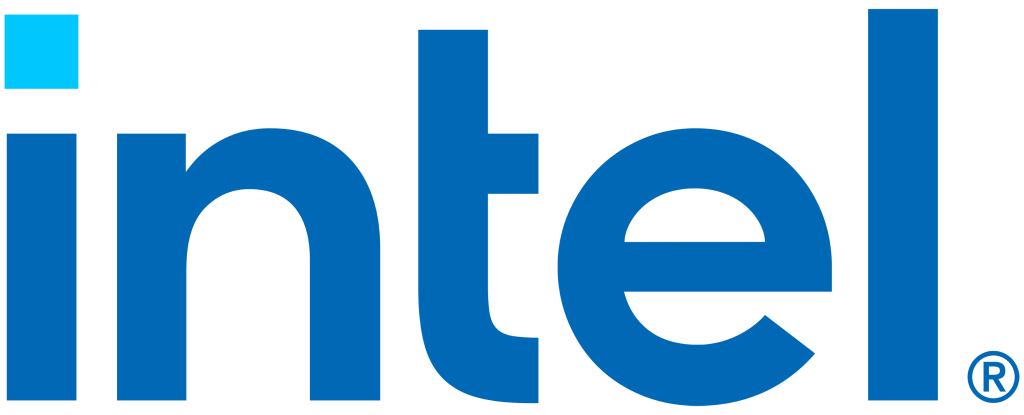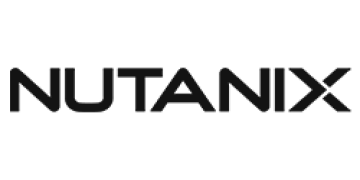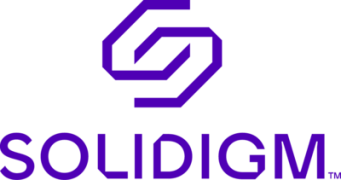Protecting the Datacenter, Client, and Network Edge
Next-generation enterprise AI is poised to become one of the most disruptive technology platforms introduced in decades, if not this century. It has the potential to unlock newfound efficiencies within enterprise IT and OT operations and incubate new business value. However, as with any leapfrog infrastructure advancement, bad actors will attempt to exploit vulnerabilities for financial gain and other advantages. Thus, organizations must defend against AI weaponization across the entire network expanse—from datacenters on-premises or in the cloud, to clients at the network edge.
Enterprise AI LLMs and the underlying algorithms represent a significant investment and are only valuable if they can be trusted. That is why they must be protected. Used for generative AI or specialized analyses, they contain intellectual property and business-critical or regulated data. Data protection is a complex endeavor that requires prescriptive considerations that safeguard data at rest, in motion, and in use to ensure refinement for higher levels of accuracy over time. In addition to AI model and data protection, fortified defense tools are also required to combat AI-enriched attacks that can occur anywhere along workload runtimes. It is a two-sided coin: the need to provide AI for security and security for AI to ensure end-to-end protection.
Moor Insights & Strategy believes that Intel’s approach to secure AI provides a complete framework for combating adversarial AI anywhere it occurs. Intel’s strategy is sound, and its products provide essential foundational technologies and security solutions that will help protect enterprise AI deployments at scale. As proof, the company’s efforts in security for AI enable a host of independent software vendors to leverage deep silicon features to detect cyber-attacks with greater efficacy. This effort also helps protect models and data input that run on infrastructure from edge to cloud. To this end, Intel enables mission-critical confidential AI in the cloud and datacenter.
On the other hand, both Intel Threat Detection Technology (Intel TDT) at the client level and independent attestation with Intel Tiber Trust Services for workload verification demonstrate the company’s commitment to AI for security. Furthermore, Intel’s continued investment in building an ecosystem through best-in-class partnerships, extensive internal testing, external bug bounty programs, and groundbreaking research through Intel Labs also enables an adaptive platform to secure AI at scale.
Click the logo below to download the research paper and read more.
Table of Contents
- Executive Summary
- The Rise of the AI Personal Computer
- AI Security Considerations in the Datacenter
- Intel’s Secure AI Ecosystem
- Intel Labs
- Call to Action
Companies Cited:
- Intel























































































